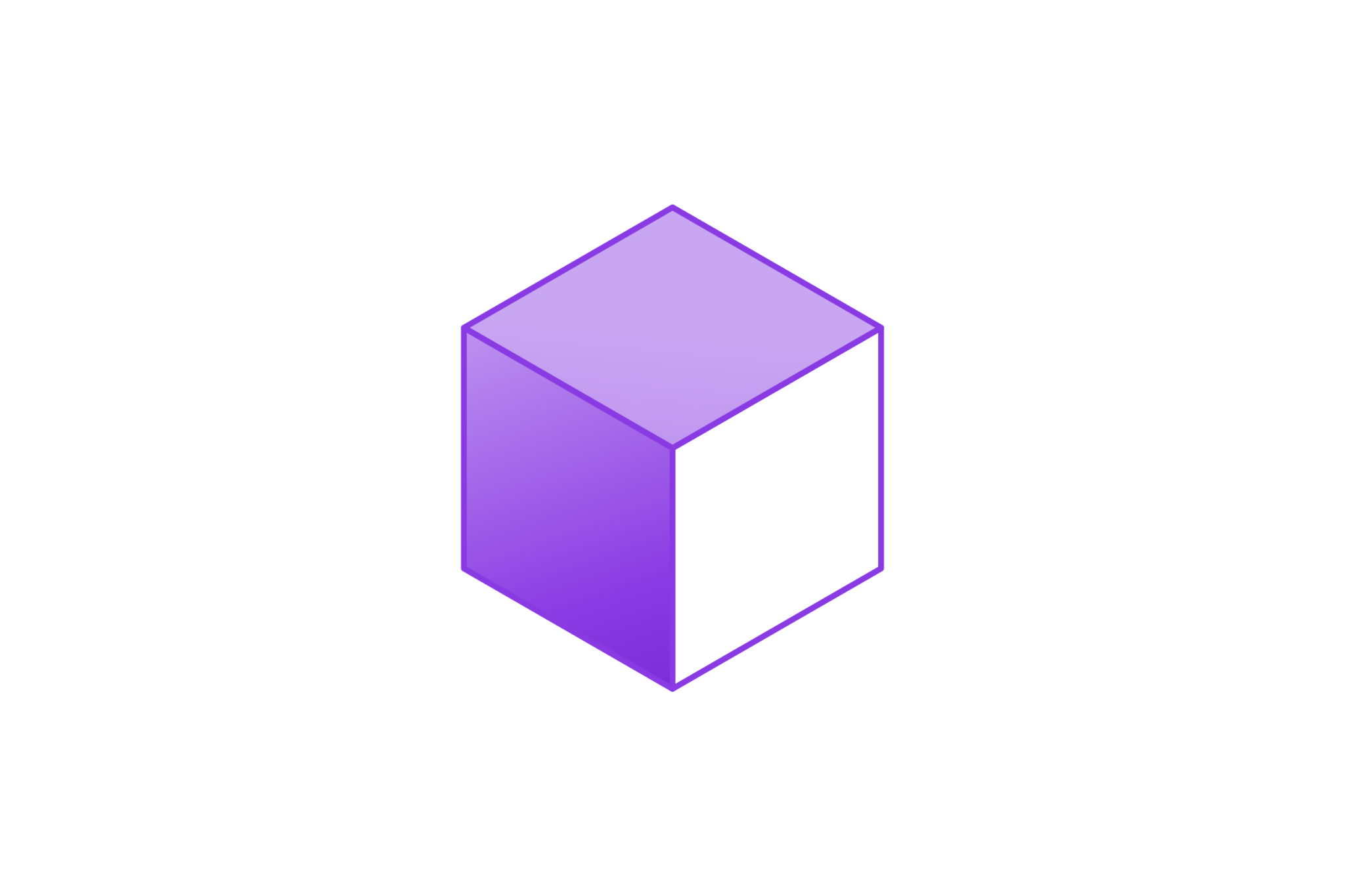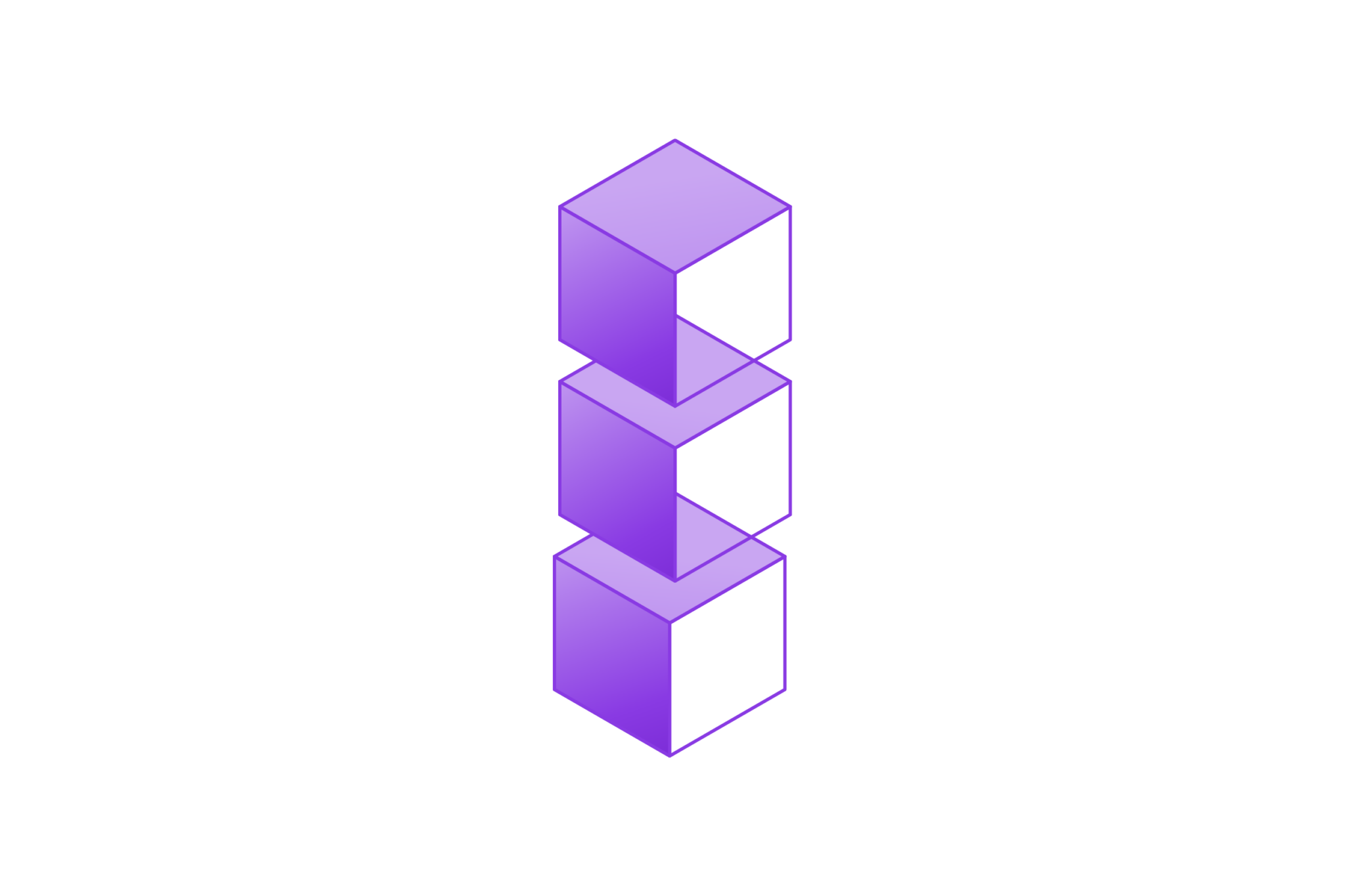
Mathematics plays a crucial role in many fields, from physics and engineering to computer science and finance. Four essential mathematical concepts—scalars, vectors, matrices, and tensors—help us describe and analyze various types of data and relationships.
Each of these concepts represents a different way to structure numerical information. A scalar is a single number, a vector has both magnitude and direction, a matrix organizes numbers in rows and columns, and a tensor extends these structures to more complex dimensions.
Understanding these fundamental ideas is important for anyone working with data, models, or physical systems. This article will explain what scalars, vectors, matrices, and tensors are, how they differ, and why they are useful.
What Is a Scalar?

A scalar is the simplest mathematical object. It is just a number that represents a quantity, without any direction or structure. Scalars are used in everyday life and scientific fields to measure things like temperature, mass, and time. Unlike vectors, which have both magnitude and direction, scalars only have magnitude. This makes them easy to work with in mathematical calculations and practical applications.
Scalars are found in nearly every aspect of life. When you check the temperature outside, measure your body weight, or count the number of people in a room, you are dealing with scalar quantities. They play an essential role in science, engineering, and economics, as they provide a straightforward way to quantify information.
Characteristics of Scalars
- They consist of a single numerical value.
- They do not have direction, unlike vectors.
- They follow basic arithmetic operations like addition, subtraction, multiplication, and division.
- They are used to describe simple quantities that do not require multiple components.
Examples of Scalars
- The speed of a car – If a car is moving at 60 miles per hour, this speed is a scalar because it tells you how fast the car is moving, but not in which direction.
- The weight of an object – If an object weighs 5 kilograms, this is a scalar because weight is just a magnitude without any specific direction.
- The price of a product – If an item costs $20, the price is a scalar because it is simply a numerical value representing cost.
- Temperature readings – If the temperature is 25°C, this value is scalar because it represents a single magnitude, regardless of location.
- Time duration – If a task takes 10 minutes to complete, this is a scalar because it measures the total time without specifying a direction.
Scalars are important because they represent simple, measurable quantities that help us understand and interpret the world. Whether in physics, economics, or engineering, we constantly deal with scalar values to describe different aspects of life. They are fundamental in calculations, making it easier to analyze and solve problems across various disciplines.
Also Read: Why a Masters in Finance Won’t Make You a Quant Trader?
What Is a Vector?

A vector is a mathematical quantity that has both magnitude and direction. Unlike scalars, which only represent a single value, vectors help describe movement, force, and spatial positioning. Vectors are essential in physics, engineering, and various fields of science because they allow us to represent complex relationships between quantities that depend on both their size and the direction in which they act.
Vectors are often visualized as arrows in space, where the length of the arrow represents the magnitude and the pointing direction represents the direction. They are commonly used to describe velocity, force, acceleration, and displacement. For example, knowing that a car is moving at 60 miles per hour is not enough to fully understand its movement. We must also know the direction in which it is traveling—north, south, east, or west. This additional information makes velocity a vector quantity rather than a scalar.
Characteristics of Vectors
- They have both size (magnitude) and direction.
- They can be visualized as arrows in space, where length represents magnitude and orientation represents direction.
- They can be added, subtracted, and multiplied by scalars to change their magnitude.
- They are commonly used to represent physical forces, motion, and changes in position.
Examples of Vectors
- The velocity of a moving car – If a car is moving at 60 miles per hour north, this is a vector because it includes both speed (magnitude) and direction (north).
- The force applied to an object – If a force of 10 Newtons is applied to a box towards the right, this is a vector because it describes both the strength of the force and the direction in which it is applied.
- The displacement of a person walking – If a person walks 5 kilometers to the east, this is a vector because it represents both distance traveled and direction.
- Acceleration – If a car accelerates at 2 meters per second squared downward, this is a vector because acceleration has both magnitude (2 m/s²) and direction (downward).
- Electric and magnetic fields – In physics, electric and magnetic fields are described using vectors because they have both strength and direction at every point in space.
Vectors are widely used in physics, engineering, and even finance. In physics, they help describe the motion of objects, such as the movement of planets or projectiles. In computer graphics, they help define the shape and movement of 3D models by storing the position and orientation of objects. Even in finance, vectors can represent portfolios of assets, where each component represents an investment in a different asset with a specific weight.
Because vectors capture both size and direction, they are more informative than scalars and are fundamental in understanding motion, forces, and multidimensional data.
What Is a Matrix?

A matrix is a structured way of organizing numbers into rows and columns. It is one of the most fundamental tools in mathematics, especially in linear algebra. Matrices allow us to store, manipulate, and process numerical data efficiently. They are widely used in fields like computer science, physics, statistics, engineering, and artificial intelligence.
A matrix consists of multiple numbers arranged in a rectangular grid format. Each number in the grid is called an element, and the position of an element within the matrix is determined by its row and column. The size of a matrix is defined by its dimensions, written as m × n, where m represents the number of rows and n represents the number of columns.
Matrices are particularly useful because they allow complex operations like addition, multiplication, transformations, and inversions. They serve as the backbone of many modern technologies, including machine learning, computer graphics, cryptography, and network analysis.
Characteristics of Matrices
- They consist of multiple numbers arranged in a rectangular grid of rows and columns.
- They allow mathematical operations such as addition, subtraction, multiplication, and transformations.
- They help in solving systems of equations and handling large sets of numerical data.
- They can represent complex relationships between multiple variables.
- They are used to store and manipulate large-scale data efficiently.
Examples of Matrices
- A spreadsheet with data organized in rows and columns – In applications like Excel or Google Sheets, data is stored in a matrix format, where each cell represents an individual value.
- A table representing connections between cities in a network – In transportation systems, a matrix can be used to represent distances or flight connections between different cities.
- A digital image, where each pixel’s color values are stored in a matrix – Images are stored as matrices, where each pixel has values for red, green, and blue (RGB) colors.
- Social networks and recommendation systems – Websites like Facebook and Netflix use matrices to represent user connections and preferences, allowing them to suggest friends or movies.
- Physics and engineering simulations – In physics, matrices help model transformations, wave interactions, and stress distributions in materials.
Matrices are essential in areas like artificial intelligence, physics simulations, and economic modeling. In machine learning, they store large datasets, represent neural networks, and enable computations needed for training algorithms. In computer graphics, they help create realistic 3D environments by representing transformations such as scaling, rotation, and translation.
By organizing numbers in an efficient way, matrices make it possible to process large sets of information quickly, handle complex calculations, and simplify problem-solving in a variety of disciplines.
What Is a Tensor?
A tensor is a more advanced mathematical concept that extends the ideas of scalars, vectors, and matrices to higher dimensions. While scalars represent single values, vectors describe directional quantities, and matrices organize numbers in two-dimensional grids, tensors allow us to work with multidimensional data structures.
Tensors are widely used in artificial intelligence, physics, and engineering. They help model complex relationships, store vast amounts of structured data, and perform efficient calculations in machine learning and deep learning. In physics, tensors describe properties such as stress, strain, and curvature, which vary in multiple directions.
One way to understand tensors is to see them as generalized data containers. A scalar is a single number (a 0-dimensional tensor), a vector is a one-dimensional list of numbers (a 1D tensor), and a matrix is a two-dimensional grid of numbers (a 2D tensor). Higher-dimensional tensors, such as 3D or 4D tensors, allow for even more complex data structures.
Characteristics of Tensors
- They can have multiple dimensions, ranging from 0D (scalars) to higher-order structures.
- They generalize scalars, vectors, and matrices, making them more versatile in representing data.
- They can store and process large-scale numerical information efficiently.
- They are used to model complex relationships in data science, machine learning, and physics.
- They allow for operations like reshaping, transformation, and mathematical computation in multiple dimensions.
Examples of Tensors
- A 3D image, where each pixel contains multiple color values – In computer vision, an image is often represented as a 3D tensor with height, width, and color channels (red, green, blue).
- A dataset used in deep learning, storing large amounts of information – In AI, neural networks process input data as tensors, allowing for quick and efficient computation.
- A physical property like stress in materials, represented in multiple directions – In engineering, stress and strain tensors describe how forces act in different directions on a material.
- Weather models tracking atmospheric changes – Climate scientists use tensors to analyze temperature, pressure, and wind patterns over time and across multiple locations.
- Neuroscience applications mapping brain activity – Tensors help represent and analyze brain imaging data, aiding in medical diagnoses and research.
Tensors play a crucial role in modern technology. In machine learning, they help process vast amounts of data by representing input features, weights, and outputs. Popular AI frameworks like TensorFlow are named after tensors because of their fundamental role in deep learning computations.
In physics, tensors are used to describe quantities like electromagnetic fields, general relativity, and fluid dynamics. For example, Einstein’s field equations in general relativity use tensors to describe how space-time bends under the influence of mass and energy.
As data science and AI continue to grow, tensors will remain fundamental tools in these fields. Their ability to handle multidimensional data efficiently makes them essential in solving complex problems, advancing technology, and driving innovation across industries.
Also Read: CUDA Matrix Multiplication: Techniques and Best Practices
What Are the Differences Between Scalars, Vectors, Matrices, and Tensors?
While scalars, vectors, matrices, and tensors are all mathematical objects used to represent and manipulate data, they differ in structure, dimensions, and application. Each of these concepts is useful in different scenarios, ranging from simple numerical values to complex multidimensional data representations. Understanding these differences is crucial in fields like physics, computer science, artificial intelligence, and engineering.
Scalars are the simplest form of data representation, describing single numerical values. Vectors extend this concept by adding direction to the magnitude. Matrices further structure data into two-dimensional grids, making them essential in linear algebra and data science. Tensors take things further by generalizing these structures to higher dimensions, making them powerful tools in machine learning, physics simulations, and advanced data analysis.
The following table summarizes their key differences:
| Concept | Definition | Number of Dimensions | Example Use Cases |
| Scalar | A single numerical value with no direction. | 0D (single value) | Temperature, mass, speed, price of goods |
| Vector | A quantity with both magnitude and direction. | 1D (list of values) | Velocity, force, displacement, portfolio values |
| Matrix | A rectangular array of numbers. | 2D (rows and columns) | Image processing, linear equations, economic models |
| Tensor | A generalization of scalars, vectors, and matrices to higher dimensions. | 3D or more | Machine learning, physics simulations, climate modeling |
Key Differences
Complexity of Representation
- Scalars are simple values without any structure.
- Vectors introduce direction and magnitude, making them useful for representing forces and motion.
- Matrices provide a structured way to store multiple values in rows and columns, making them powerful tools for linear algebra.
- Tensors generalize these concepts to handle multidimensional data, allowing for more complex relationships and patterns.
Applications Across Fields
- Scalars are found in basic arithmetic, physics (mass, energy), and economics (interest rates, prices).
- Vectors are used in physics (motion, acceleration), computer graphics (3D modeling), and finance (investment portfolios).
- Matrices play a role in image processing, statistics, artificial intelligence, and computer science.
- Tensors are essential in deep learning, physics simulations, quantum mechanics, and big data analysis.
Computational Complexity
- Scalars require basic arithmetic operations like addition, subtraction, multiplication, and division.
- Vectors require additional operations like vector addition, scalar multiplication, and dot products.
- Matrices involve more complex operations such as matrix multiplication, inversion, and determinant calculations.
- Tensors introduce advanced transformations used in AI, neural networks, and scientific simulations.
Why Understanding These Differences Matters
Each of these concepts is useful in different scenarios. Scalars are simple and used for measuring single quantities, while vectors describe directional values. Matrices are great for organizing data in two dimensions, and tensors allow for even more complex data structures, making them crucial in modern computational fields.
As technology advances, working with multidimensional data is becoming more important. Deep learning models, physics simulations, and climate forecasting rely heavily on tensors to process vast amounts of data. Finance, engineering, and medical imaging also use matrices and vectors for predictive modeling and analysis.
Understanding these differences helps in choosing the right mathematical tool for a given problem. Whether working with simple numbers, directional data, structured grids, or complex multidimensional data, knowing how to use scalars, vectors, matrices, and tensors is essential for solving problems effectively.
Conclusion
Scalars, vectors, matrices, and tensors are the building blocks of many mathematical and scientific applications. Scalars represent single values, vectors describe directional quantities, matrices organize numbers in grids, and tensors extend these concepts to more complex structures.
These concepts are widely used in physics, engineering, computer science, and finance. Whether analyzing financial markets, designing computer models, or solving physical equations, understanding these mathematical structures is essential.
As technology and data science continue to evolve, the importance of these mathematical objects will only increase. A solid understanding of scalars, vectors, matrices, and tensors will help in solving complex problems and advancing in quantitative fields.
Disclaimer: The information provided by Quant Matter in this article is intended for general informational purposes and does not reflect the company’s opinion. It is not intended as investment advice or a recommendation. Readers are strongly advised to conduct their own thorough research and consult with a qualified financial advisor before making any financial decisions.

Joshua Soriano
As an author, I bring clarity to the complex intersections of technology and finance. My focus is on unraveling the complexities of using data science and machine learning in the cryptocurrency market, aiming to make the principles of quantitative trading understandable for everyone. Through my writing, I invite readers to explore how cutting-edge technology can be applied to make informed decisions in the fast-paced world of crypto trading, simplifying advanced concepts into engaging and accessible narratives.
- Joshua Soriano#molongui-disabled-link
- Joshua Soriano#molongui-disabled-link
- Joshua Soriano#molongui-disabled-link
- Joshua Soriano#molongui-disabled-link
